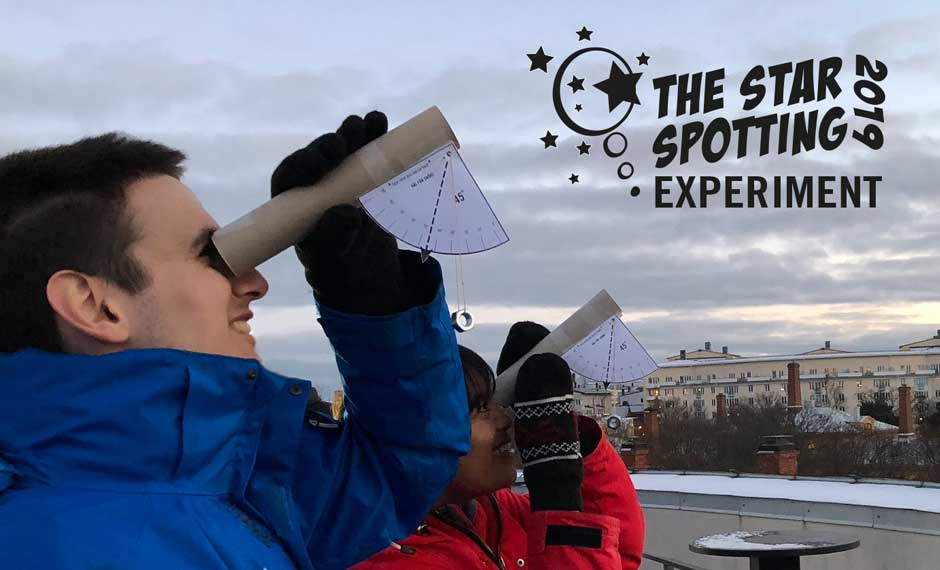Street lamps, illuminated signs and buildings – lights at night improve safety and make cities more attractive, but have also been shown to have negative effects for humans and animals. The more light there is, the fewer stars you can see in the night sky. In this year’s mass experiment, more than 11,000 pupils, families and other members of the public will help scientists measure light pollution by counting stars in the sky.

Our use of artificial light has dramatically changed the environment in large parts of the world. Scientific studies have shown unexpected and worrying effects on the biology of many organisms as well as on whole ecosystems, but also on human health. The problems of artificial light are commonly referred to as light pollution.
In the Star-Spotting Project, thousands of pupils, members of outdoor associations, other clubs and members of the public in both Sweden and other European countries are being given the opportunity to contribute to scientific research about light pollution. The project will also create important knowledge about ecology, sustainability and urban planning.
The mass experiment will run from February 2019 to the end of December 2019 and the app will be available to use throughout this time period. The mass experiment is part of the European Researchers’ Night in Sweden and is co-ordinated by the Swedish non-profit organisation VA (Public & Science). The researcher responsible for this year’s experiment is Urban Eriksson, a researcher and senior lecturer in physics with a focus on astronomy education at Lund university.
The organisers are keen to involve other countries in the experiment, which will allow for international comparisons. Organisations in other countries are welcome to get in touch to discuss this opportunity further.
For further information;
See the Star-Spotting Experiment webpage.
Project managers at VA (Public & Science): Martin Bergman and Lena Söderström.
The 2019 mass experiment is a collaboration between VA (Public & Science) and Kristianstad University, Lund University, the National Resource Center for Physics Education (NRCF), the Swedish National Space Agency, The Swedish Astronomical Society and the two science centres House of Science (Vetenskapens hus) in Stockholm and Umevatoriet in Umeå. It is financed by Formas, the Swedish National Space Agency and European Researchers’ Night via the EU’s research and innovation programme Horizon 2020, GA 818421.
